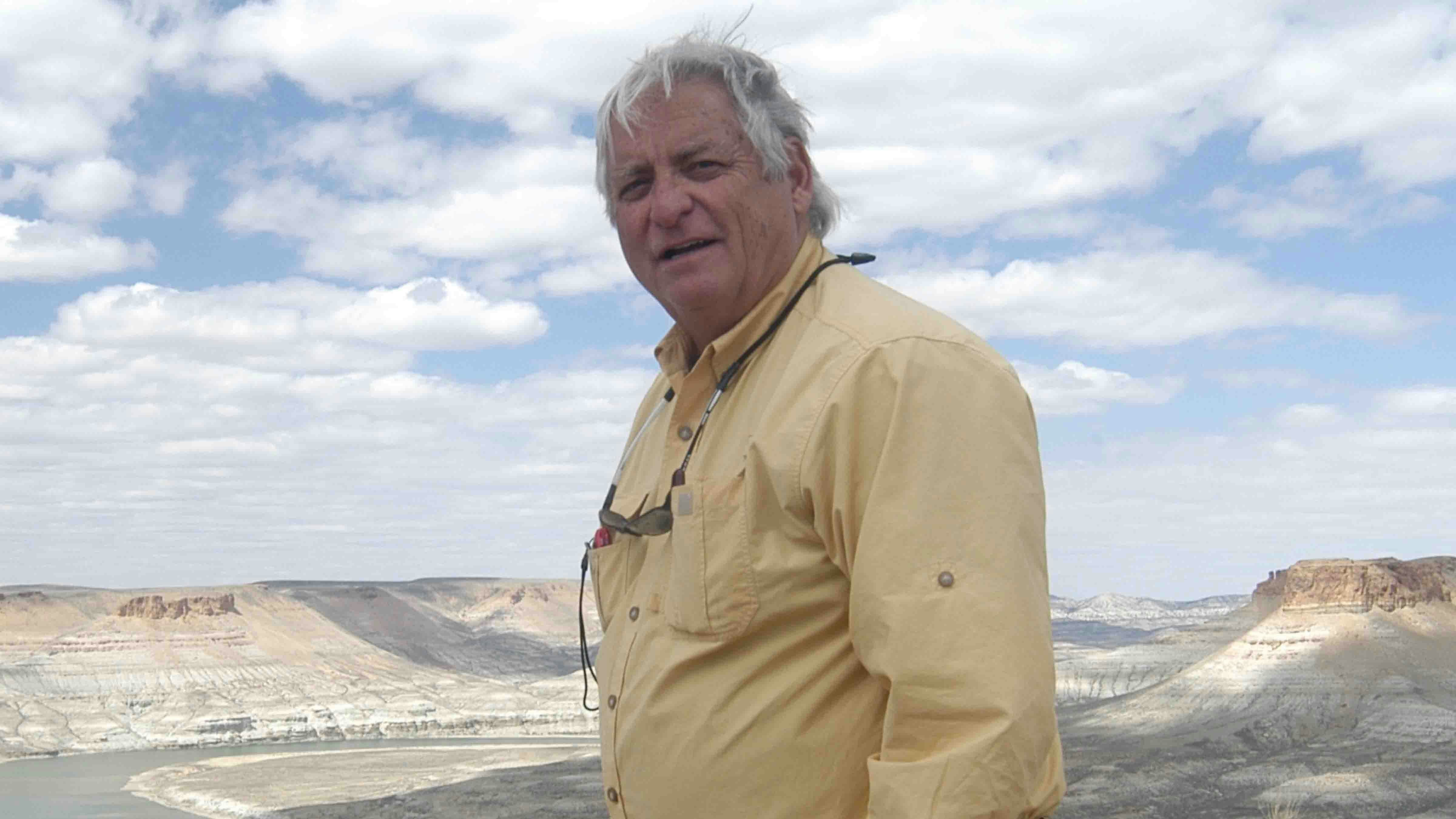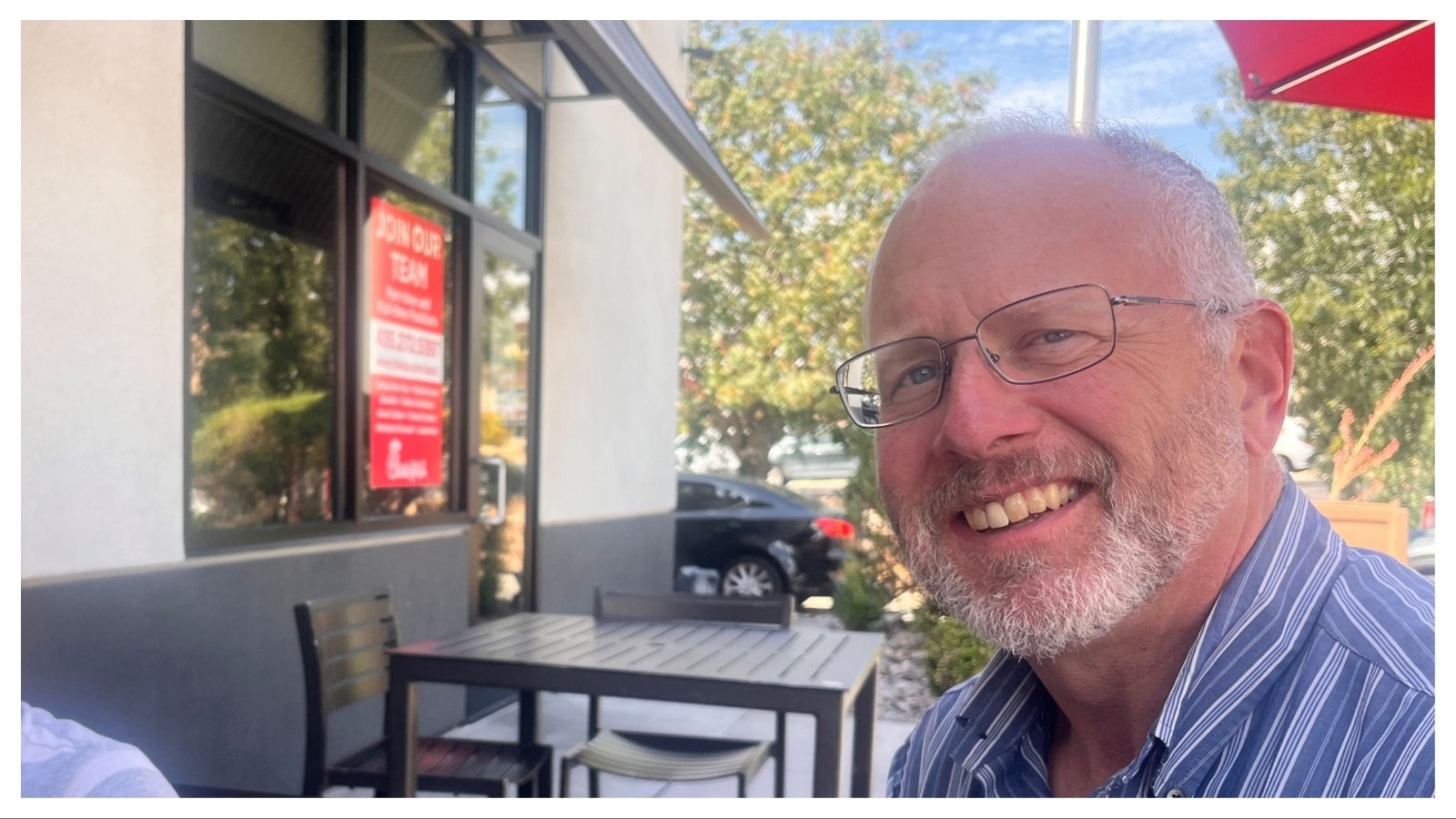On the north side of Douglas, a nondescript building is the last remnant of a World War II Prisoner of War Camp that once had 180 buildings, covered a square mile of land, and housed 5,000 men who had been taken prisoner during fighting in Europe.
The one remaining building was the Officers’ Club and it is now Camp Douglas Officers’ Club State Historic Site.
When Camp Douglas opened in the August 1943, it became the primary prisoner of war (POW) camp for Wyoming. At its peak it 180 buildings, along with 500 army personnel and housed 2,000 Italian and 3,000 German POWs. It was in use through 1945 and was decommissioned in February 1946.
Once the war ended, and when the POWs were returned to their home countries, the dismantling of the camp began. Most of the buildings were torn down, some were moved to other locations for new uses. Converse County purchased the hospital with its modern equipment for one dollar. The local school district bought 15 buildings and 163 acres to use as an experimental farm.
The task of dismantling 137 of the buildings fell to Spiegelberg Lumber Co. of Laramie; most of the material would be sold as salvage lumber. The survival of the Officers’ Club is credited to local civic clubs. The first civilian owner of the building was the Douglas Community Club, which met there un 1958 when the club sold to the Douglas Junior Chamber of Commerce.
Five years later, in 1963, the Chamber sold the building to Mountain View Independent Order of Odd Fellows Lodge 15, which used and maintained the building until it became a part of the Wyoming State Park system.
The structure is plain – the building is a large rectangular structure covered in stucco. But the interior has incredibly been seldom changed since its original construction. There is a kitchen, which was updated during the private ownership era, a large area now utilized for exhibits about the POW camp, and some smaller rooms that have had various uses through the decades.
The walls are covered with 17 Western murals – most of them obviously copied from original artwork by C. M. Russell and William Henry Jackson – that were painted by at least three Italian prisoners. Most of these paintings adorned the main room – sometimes called the ballroom. A few representing cowboys and Indians are in a smaller room known as the saloon.
The prisoners who came to Douglas were far from their homelands, but they provided labor in Wyoming that was critical during the War years, including assisting with in crop harvests.
While the civic groups in Douglas and the State of Wyoming are responsible for the preservation of the Camp Douglas Officers’ Club, the story of the place belongs to Lee Ann Siebken, who took years to research the story of this important place in Wyoming history.
Siebken interviewed people who had been involved with the camp and she dug through the archival records to preserve this important story in her book Camp Douglas: Wyoming’s World War II Prisoner of War Base Camp, published by High Plains Press.
In addition to telling the story of the camp, Siebken found the stories of many of the men who were involved with the camp. These include John Joseph McIntyre, who as Wyoming’s Congressional Representative, secured Douglas as the location for the camp, Peter Kiewit, whose company build the camp, and First Lieutenant Clement Aloysius Knefel, the first military man to arrive at the camp – and the last to leave.
Siebken tells the story of Bertine Patricia Egan, who came as a nurse and who would eventually marry Clement Knefel, and others who were associated with the camp. But she also tells the stories of some of the prisoners including Cesare, Pierino and Franco Oriano, three Italian brothers who had been part of Mussolini’s army.
The murals are still a striking testament to the POWS and were created by Enzo Tarkuinio, L. DeRossi and V. Finotti, and possibly others. Some were clearly copied form C. M. Russell paintings and the art of William Henry Jackson no doubt inspired other pieces. These art pieces are not as detailed as the original paintings, but they are an important piece of Wyoming history and how Italian prisoners saw their temporary home in the West.
The site is not open during the winter months, which gives you time to get a copy of Siebken’s book and learn the history, then plan a trip to Douglas next spring and visit the club yourself.
Candy Moulton can be reached at Candy.L.Moulton@gmail.com





